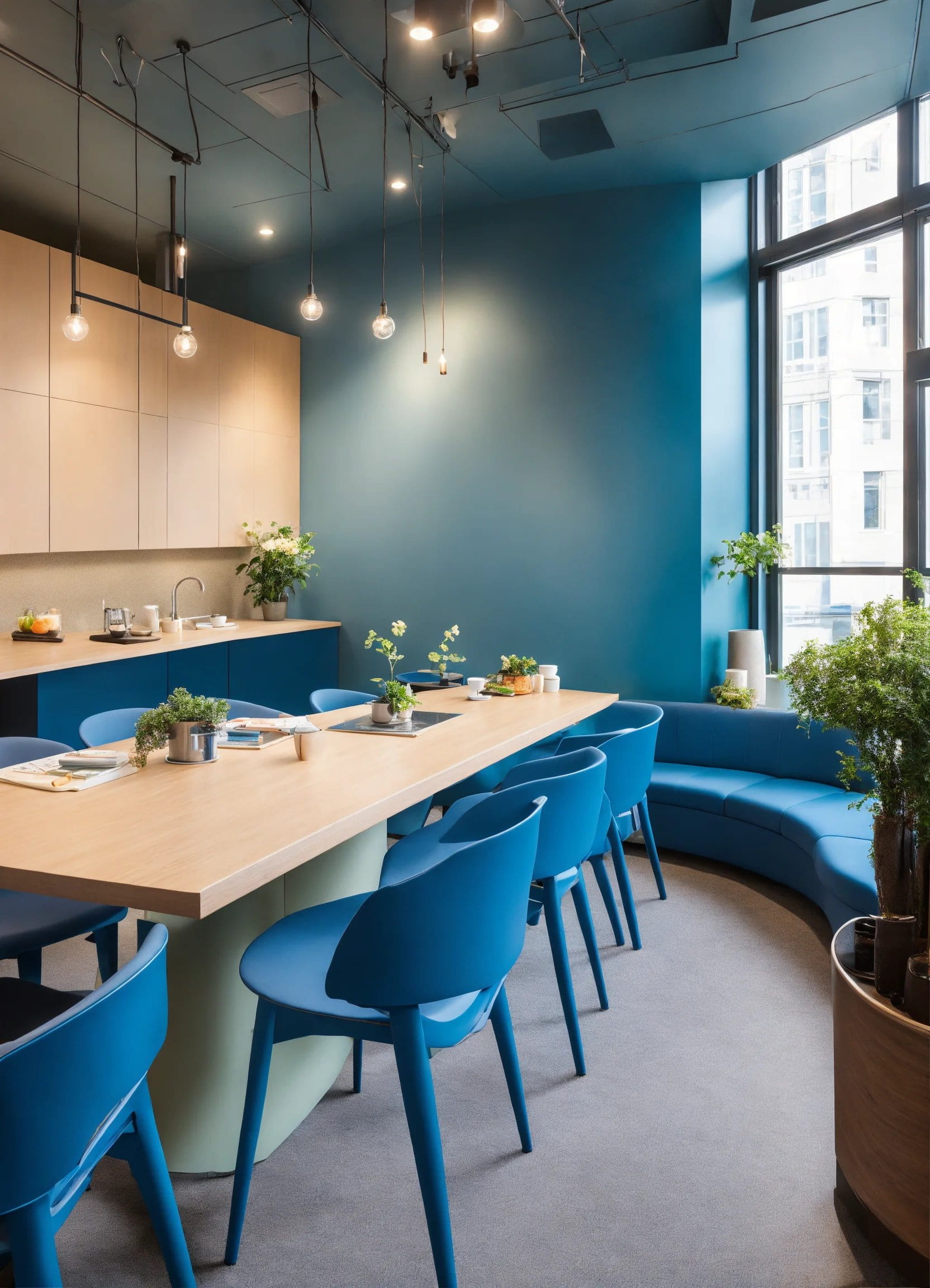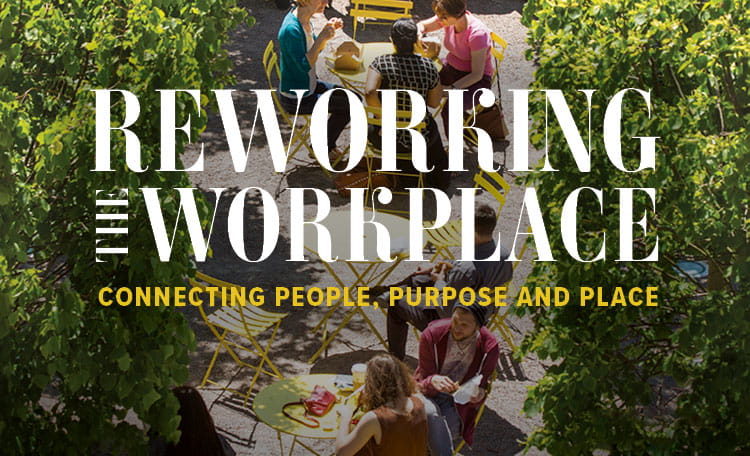However, we shouldn’t overlook the importance of human creativity and expertise in conjunction with AI technologies to achieve successful projects. Our design teams across EMEA are currently utilising several different AI technologies and platforms to enhance the design work we do for our clients. We are seeing benefits in several areas, such as:
- Test Fits: AI algorithms can analyse space dimensions and suggest optimised layouts based on functionality, flow, and aesthetic preferences. However, they are often unable to adopt country legislation and cultural norms and therefore do not replace the need for an in-country space planner
- Sketch enhancement: Sketch to image technologies make enhancements from an initial sketch, quickly transforming to a concept visualisation. AI technologies are still unable however, to replace the necessary high-quality visualisations and renders without the designer’s input.
- Mood boards: Text to image generators enable architects to instantly create unique images and visualisations based off a few lines of description. Current platforms, such as Lexica and Midjourney, can however produce massively different results from the same prompt and so experience is needed to filter these.
- Virtual and Augmented Reality (VR/AR): AI-powered VR and AR applications allow designers and clients to visualise designs in a realistic manner before implementation, facilitating better decision-making and reducing the need for physical prototypes.
- Material Selection: Algorithms can recommend suitable materials based on factors such as durability, cost, sustainability, and aesthetic appeal, streamlining the selection process.
- Detailed Design: Software can improve coordination by integrating data from various sources and providing real-time insights into the project's lifecycle. AI can automate tasks such as clash detection and scheduling.
- Trend Data: AI can analyse past trends and identify emerging trends and predict popular styles, helping our designers stay ahead of the curve and meet client preferences.
Whilst our design teams are already accustomed to the benefits of AI, we are now working with technologies to enhance our project management, procurement, and construction activities, where we see many opportunities:
- Market Intelligence and Supplier Selection: AI algorithms can help analyse data including market trends and supplier performance to provide insights for better sourcing, such as ethical and sustainable sourcing.
- Cost Management: AI-driven analytics tools can analyse spending patterns to identify cost-saving opportunities and optimise procurement strategies.
- Contract Administration: Technology can now assist us with contract creation and negotiation, reducing the admin burden and ensuring compliance with legal and regulatory requirements.
- Project Management: AI powered tools are assisting our Project Managers by helping us to quickly track deadlines, create initial project budgets and automate admin tasks, such as meeting minutes and project directories.
- Health, Safety and Quality Control: Drones, sensors and 3D cameras can monitor construction sites in real-time, capturing data on progress, safety, and quality control, as well as providing our clients with virtual walkthroughs from anywhere in the world.
- Supply Chain Management: The supply chain can be optimised by forecasting demand, managing inventory levels, and optimizing logistics routes, ensuring timely delivery of materials, and reducing waste and delays.
- Sustainability: AI can help us here in many ways, from optimising building energy consumption to the selection of carbon neutral products and recycling of materials, supporting the client’s sustainability goals and reducing costs.
Overall, it’s clear AI is a valuable tool for design and construction that can enhance processes whilst still underscoring the continued significance of human input in creating aesthetically pleasing, functional spaces, on time and to the required standards.



.jpg?rev=6abc5b97f39b461487e20b442811f9fe)
.jpg?rev=5327a8805b6b4251bb421ea75d88bdc8)
.jpg?rev=42955496f2464da2b0914d3a127633c6)
.jpg?rev=acd3c86c458141979a5c4f01c3dc8a72)
.jpg?rev=568b1856a3454b1e9c60635db12aee69)

